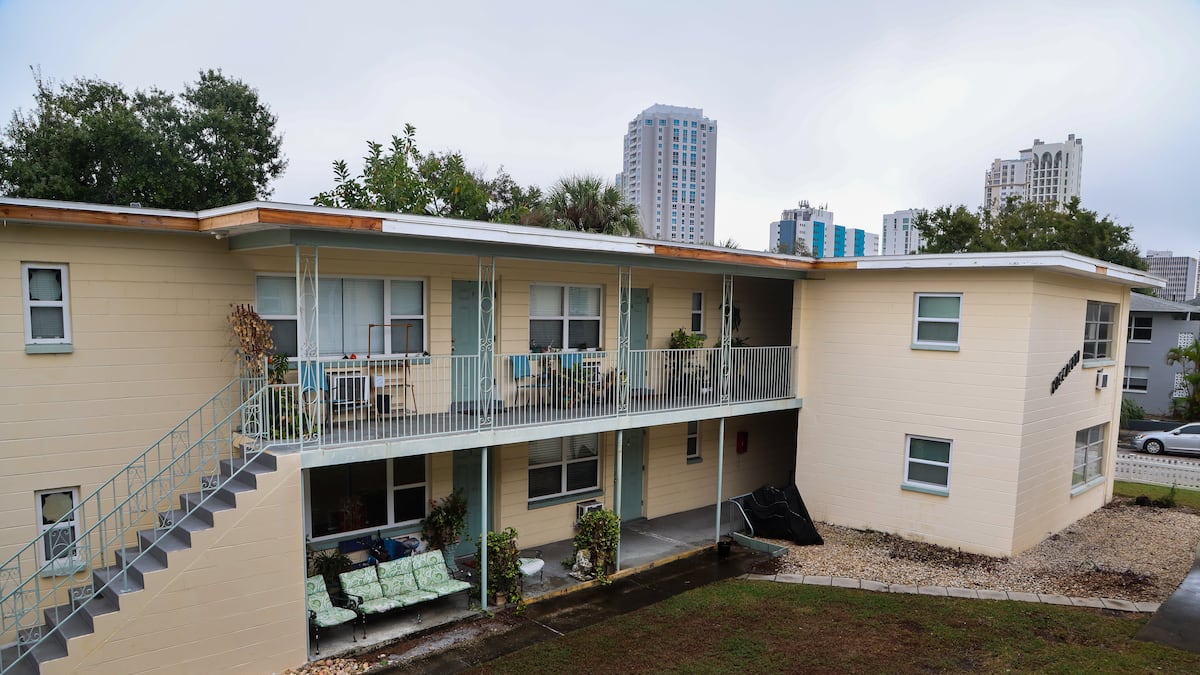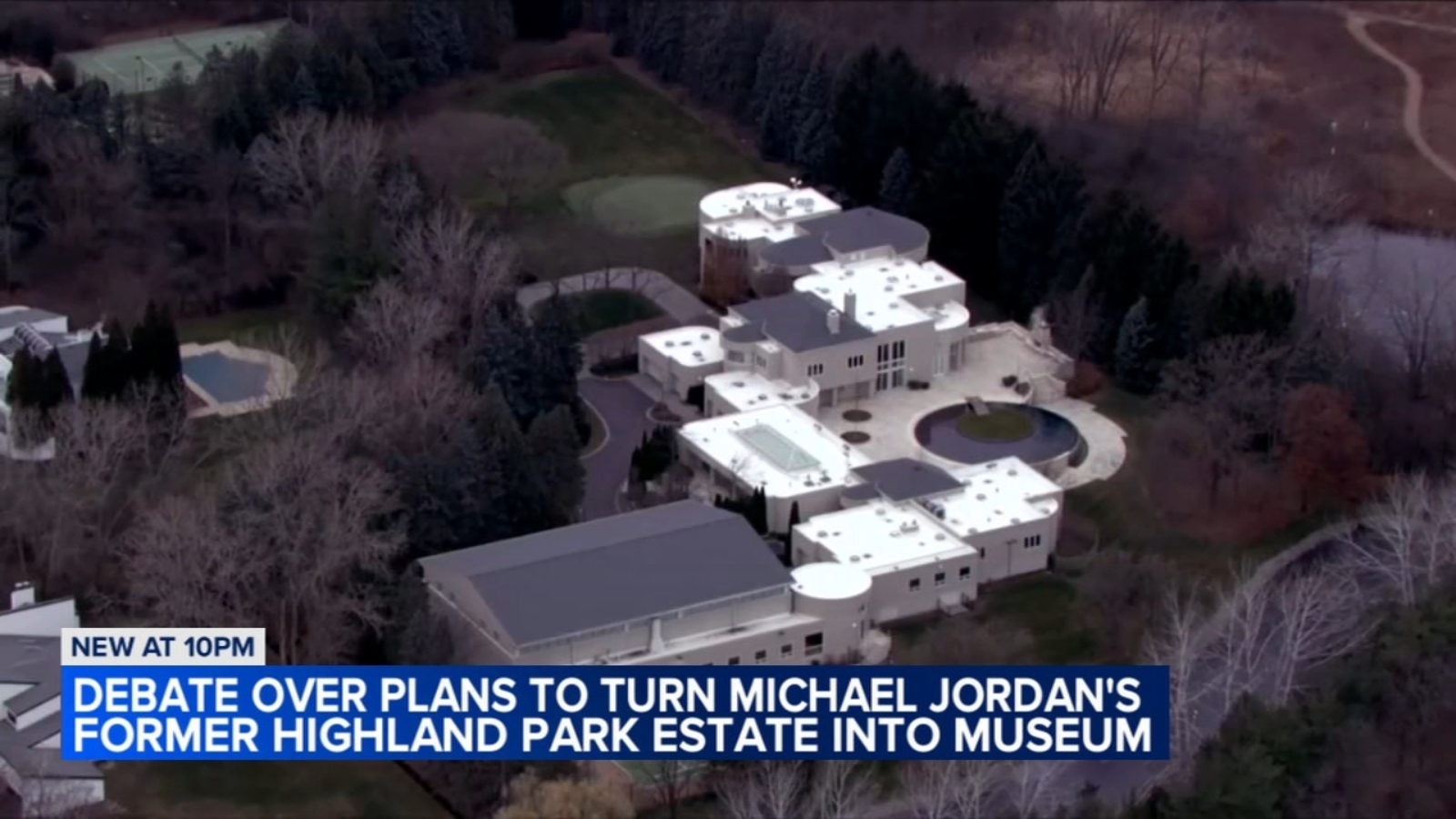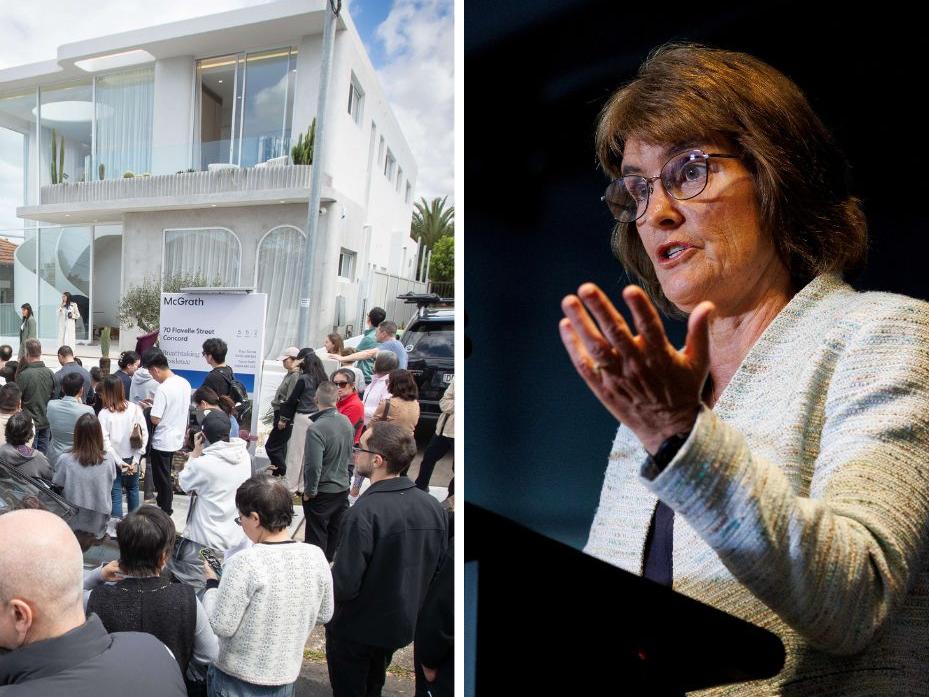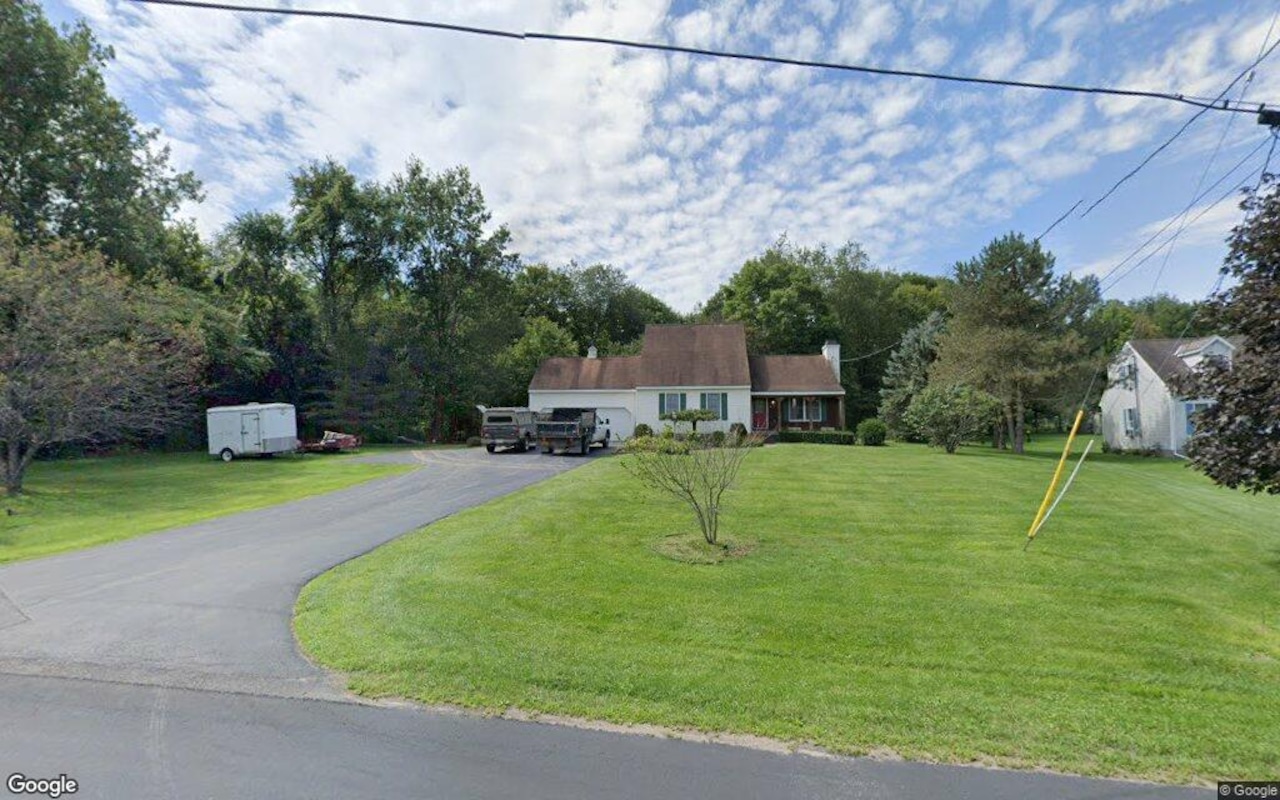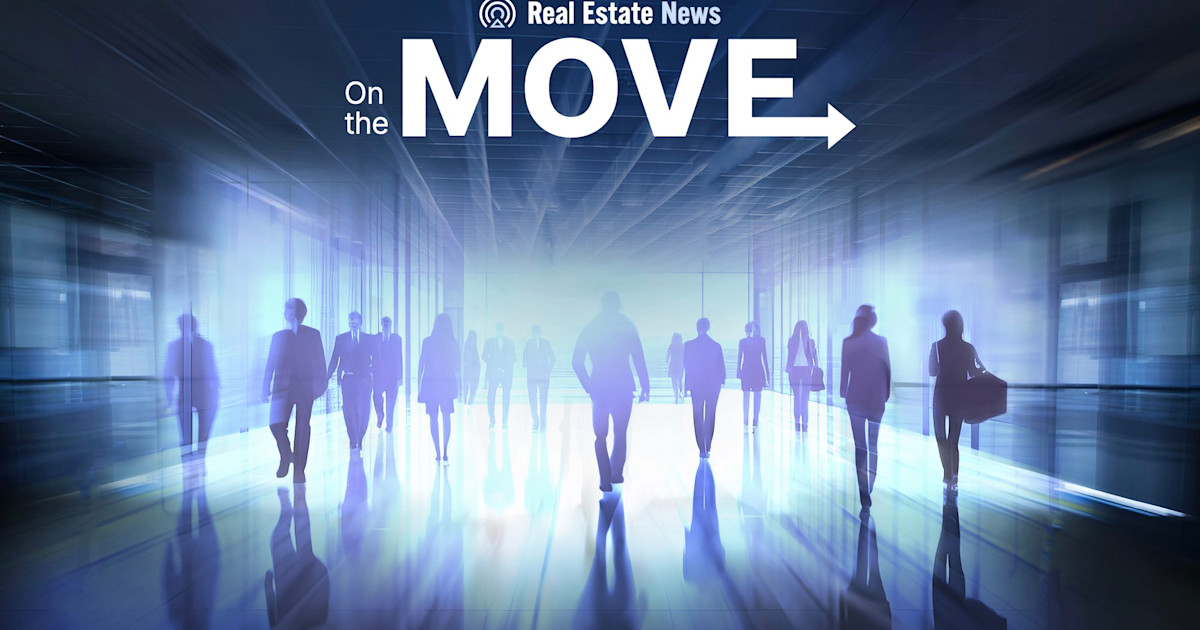T
ariffs are already showing signs of impact on the commercial real estate market, particularly in retail and industrial sectors. According to Whitley Collins of CBRE, retailers are feeling the pinch most, with a knock-on effect in manufacturing and distribution. This has led to a pause in retail transactions, as well as industrial deals.
In Q1, the US retail sector saw its first negative net absorption period since early 2020, reflecting a cautious start to the year amid economic uncertainty. Industrial warehouse tenants are also taking a wait-and-see approach, with widespread tariffs expected to have a significant impact on market activity. The overall US industrial vacancy rate rose to 6.3%, the highest in over a decade.
In contrast, Collins notes that the office market has seen only minor pausing, primarily due to concerns about construction costs and uncertainty around furniture prices. While the office market is still recovering from the shift towards remote work, CBRE's Q1 report suggests it held steady in the first quarter. The overall US vacancy rate remained flat at 19%, with positive demand for four consecutive quarters.
Leasing activity increased by 18% year-over-year, with notable gains in Manhattan, Chicago, and other major cities. Renewals accounted for 40% of overall leasing, up from pre-pandemic levels, as firms opt to stay in place due to the cost savings and tenant-friendly deals offered by landlords. This trend is expected to continue in the uncertain economy.

